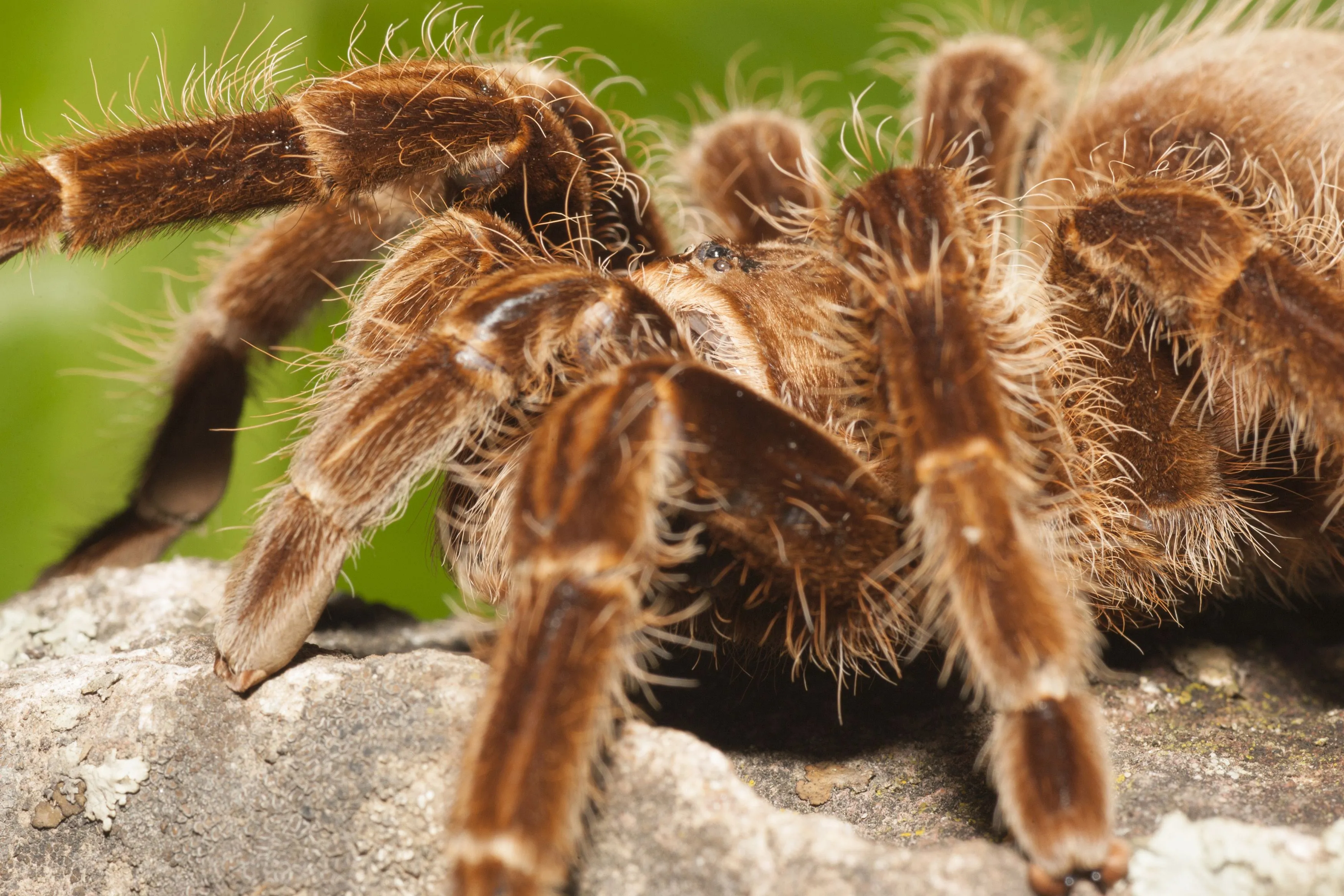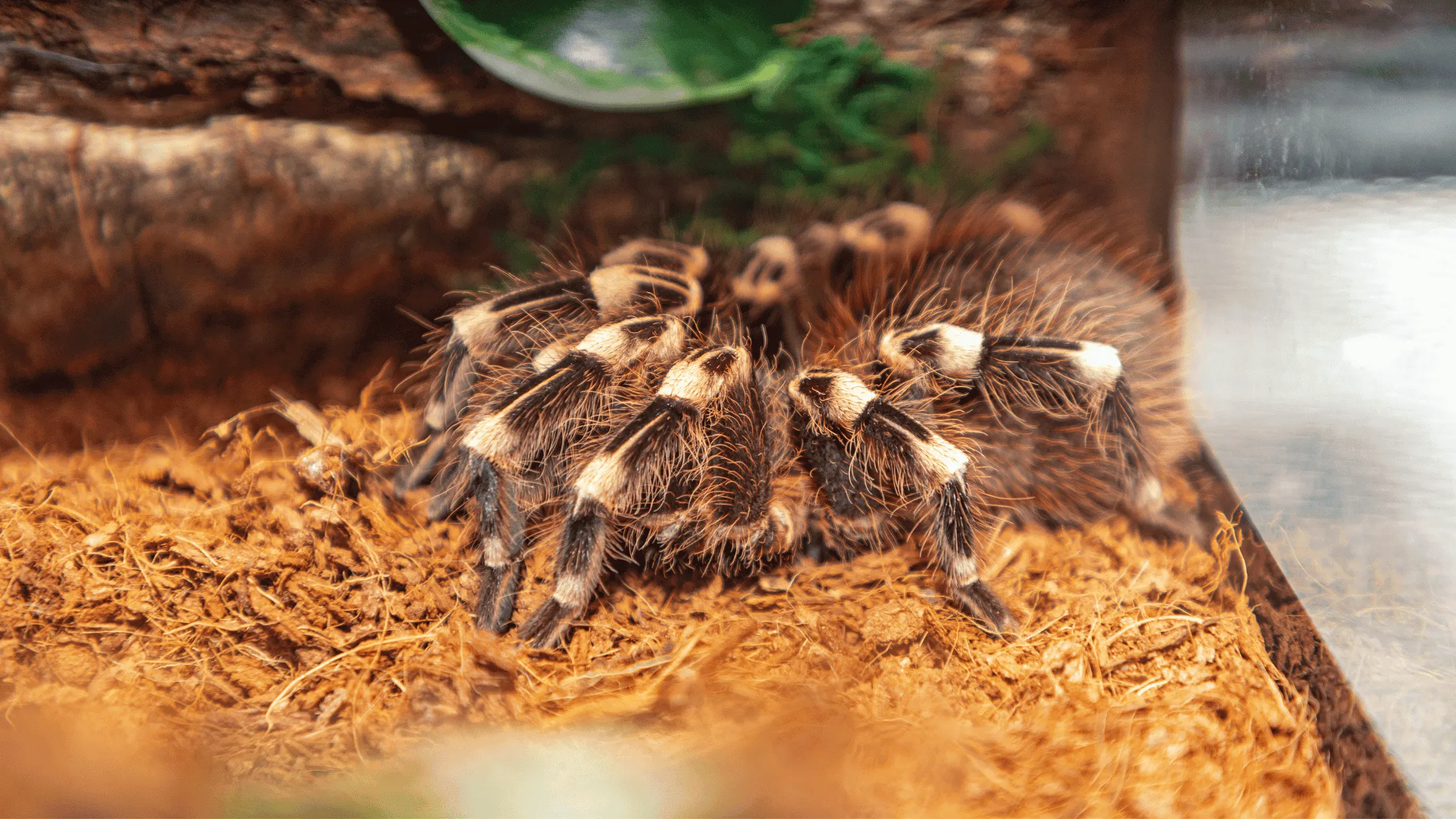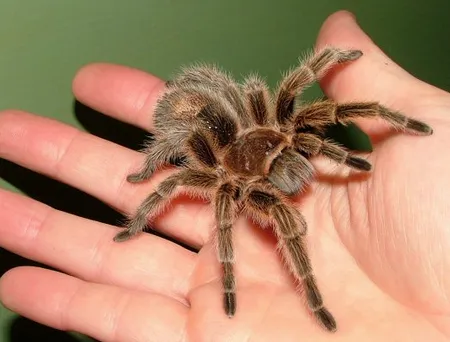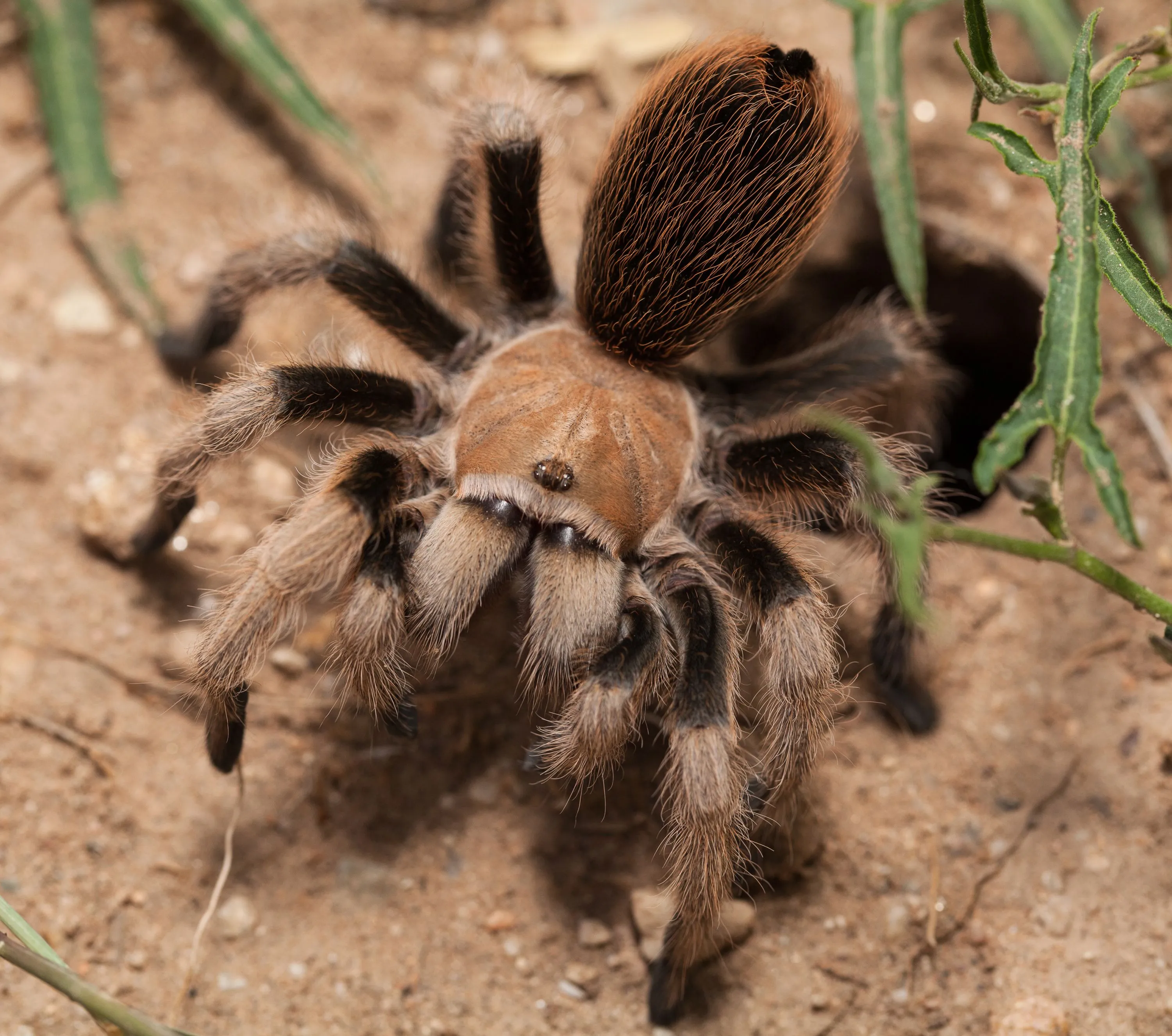Is a Tarantula the Right Pet for You?
Considering a tarantula as a pet? These captivating arachnids have gained popularity in recent years, offering a unique and low-maintenance alternative to traditional pets. However, owning a tarantula is not for everyone. Before you bring one home, it’s crucial to understand their specific needs and whether your lifestyle aligns with their requirements. This guide delves into the essential aspects of tarantula ownership, helping you make an informed decision and ensuring a healthy and fulfilling life for your potential pet.
Tarantula Pet Basics
What are Tarantulas?

Tarantulas are large, hairy spiders belonging to the Theraphosidae family. They are found in various habitats worldwide, from tropical rainforests to arid deserts. Known for their impressive size and diverse colors, tarantulas are primarily nocturnal creatures and can vary significantly in appearance depending on their species. They are not insects but arachnids, characterized by eight legs, two body segments (cephalothorax and abdomen), and fangs (chelicerae) used to inject venom for subduing prey. Their size can range from a few inches to over a foot in leg span, making them one of the largest spiders in the world. They are fascinating creatures, and observing their behavior can be a rewarding experience for any pet owner.
Tarantula Lifespan
One of the most appealing aspects of owning a tarantula is their longevity. Unlike many pets, tarantulas can live for many years, with females often outliving males. Depending on the species, female tarantulas can live for 10 to 30 years or even longer, while males typically have shorter lifespans, ranging from 2 to 10 years. This long lifespan means a significant commitment, so it’s essential to be prepared for the long term when considering a tarantula as a pet. The lifespan of a tarantula is influenced by factors like species, diet, and environmental conditions. Providing proper care ensures they can live to their full potential.
Tarantula Habitats
Tarantulas are native to various environments, and their care requirements vary depending on their natural habitat. Knowing their origin is crucial to provide a suitable enclosure that mimics their natural environment. This includes considering temperature, humidity, and substrate. For example, terrestrial tarantulas, which live on the ground, require a substrate like coconut fiber or peat moss. Arboreal tarantulas, which live in trees, need elevated enclosures with branches or cork bark for climbing. Proper habitat setup ensures the tarantula feels safe, secure, and healthy, which is vital for their well-being. Creating an appropriate habitat will contribute to the overall health and happiness of your tarantula.
Benefits of Tarantulas as Pets

Low Maintenance
Compared to many other pets, tarantulas are relatively low-maintenance. They do not require daily walks, extensive grooming, or constant attention. Feeding is typically done once or twice a week, and enclosure cleaning is required only occasionally. This makes them an excellent option for individuals with busy lifestyles or those who are unable to commit a lot of time to pet care. Their low-maintenance nature allows owners to enjoy the fascinating world of tarantulas without a significant time commitment. This aspect makes them an appealing pet choice for many people.
Fascinating to Observe
Tarantulas are incredibly fascinating creatures to observe. Their unique behaviors, such as molting, hunting, and web-spinning, can provide hours of entertainment. Watching them navigate their enclosure, interact with their prey, or build their web is a captivating experience. Their unique characteristics and behaviors make them a source of endless fascination for pet owners. The opportunity to observe these behaviors offers a unique and enriching experience for any tarantula owner, making them a perfect pet choice for people who enjoy watching and learning about animals.
Quiet Companions

Unlike pets that bark, meow, or make other noises, tarantulas are silent companions. They do not create noise pollution and are perfect for apartments or houses with noise restrictions. This peaceful characteristic makes them an excellent choice for people who appreciate a quiet environment. They are ideal for individuals seeking a low-key, unobtrusive pet that still offers a unique and interesting presence in the home.
Things to Consider Before Getting a Tarantula
Tarantula Species
Before getting a tarantula, research different species to find one that suits your experience level and lifestyle. Some species are known for being more docile and easier to handle, while others are more defensive and may not be suitable for beginners. Consider factors such as size, temperament, and habitat requirements. Popular beginner-friendly species include the Chilean Rose Hair and the Mexican Red Knee, which are known for their relatively docile nature and ease of care. Proper research helps you choose a tarantula that is well-suited to your experience level and allows you to provide the best care possible.
Tarantula Temperament

Tarantula temperaments vary significantly depending on the species. Some are docile and tolerant of handling, while others are defensive and prone to biting or kicking hairs. It is crucial to understand the temperament of the species you are considering and to handle them with caution. Defensive behaviors may include raising their front legs, displaying fangs, or flicking urticating hairs. Always be aware of these behaviors and handle your tarantula gently and carefully. Researching species temperament is essential to ensure you can safely and responsibly care for your pet.
Tarantula Pet Care
Tarantula Enclosure Setup
Setting up the proper enclosure is crucial for your tarantula’s health and well-being. The enclosure should be appropriately sized for the species, allowing enough space for the spider to move and explore. It should include a substrate like coconut fiber or peat moss, a water dish, and hiding places such as cork bark or artificial plants. The enclosure should be well-ventilated to prevent the buildup of humidity and mold. Maintaining the correct temperature and humidity levels is vital. Temperature and humidity should be monitored regularly, and the enclosure should be cleaned regularly to remove any waste or uneaten food.
Tarantula Feeding

Tarantulas are primarily insectivores, feeding on live insects like crickets, roaches, and mealworms. The frequency of feeding depends on the tarantula’s age and size. Young tarantulas need to be fed more often than adults. Always provide a variety of insects to ensure a balanced diet. Avoid feeding insects larger than the tarantula’s body. Remove any uneaten food to prevent mold and maintain a clean enclosure. Provide fresh water in a shallow dish. Ensure the insects are gut-loaded with nutritious food before feeding them to your tarantula to improve its health.
Tarantula Handling
Handling a tarantula is not recommended unless you are experienced with the specific species. Some tarantulas are docile and can be handled gently, but others are more defensive and may bite or kick hairs. Handling can be stressful for the tarantula and could lead to injury. If you choose to handle your tarantula, do so with caution, and avoid sudden movements. Always wash your hands before and after handling and handle them over a soft surface in case they fall. Observe the tarantula’s behavior and body language and put it back in its enclosure if it shows signs of stress.
Common Health Issues in Tarantulas
Moulting Process

Moulting is a natural process where tarantulas shed their exoskeletons as they grow. During moulting, the tarantula becomes vulnerable. Do not disturb them during this process. The molting process can take several hours. The tarantula will usually flip onto its back. Provide a humid environment and avoid handling them during this period. After molting, the tarantula will be soft-bodied. It will take several days for its new exoskeleton to harden. Remove any old molts from the enclosure to keep it clean.
Parasites and Diseases
Tarantulas can be susceptible to various health issues, including parasites, fungal infections, and bacterial infections. Maintain a clean enclosure and provide proper ventilation to prevent these problems. Inspect your tarantula regularly for any signs of illness, such as lethargy, loss of appetite, or unusual behaviors. Ensure the insects you feed them are parasite-free. If you notice any concerning symptoms, consult a veterinarian experienced with exotic animals. Early detection and treatment of health issues can significantly improve the tarantula’s chances of recovery.
Conclusion
Owning a tarantula can be a rewarding experience for those who are prepared to provide the right care. By understanding their basic needs, choosing the right species, and providing a suitable habitat, you can enjoy these fascinating creatures. Remember to do your research, be patient, and always prioritize the tarantula’s well-being. With proper care, your tarantula can become a unique and engaging pet, offering you years of enjoyment and a glimpse into the captivating world of arachnids.
